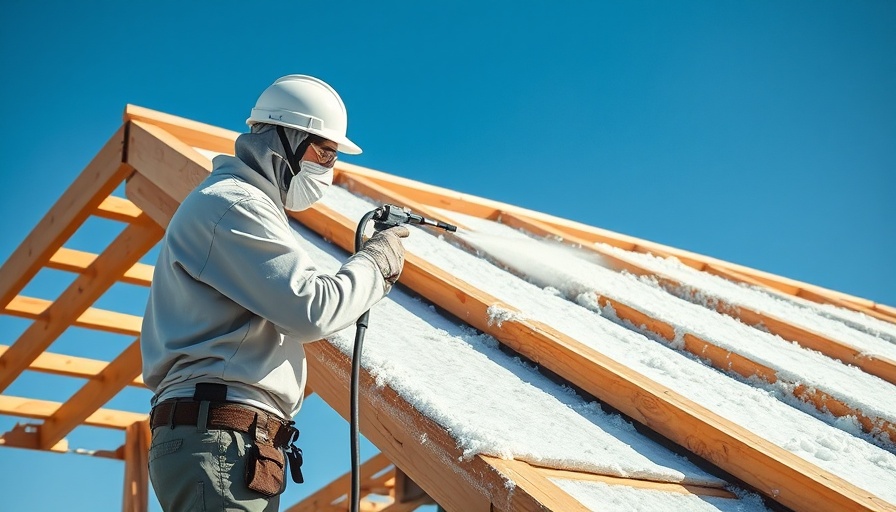
Understanding Gable and Ridge Vents: A Comprehensive Overview
When it comes to maintaining a comfortable and durable home, proper attic ventilation is vital. One of the most common choices homeowners face is deciding between gable vents and ridge vents. Understanding the advantages and disadvantages of each, as well as their suitability for different climates and architectural styles, can help homeowners make an informed decision.
The Role of Attic Ventilation
Attic ventilation plays a crucial role in regulating a home's internal environment. Proper airflow helps prevent overheating during hot summer months and minimizes moisture buildup, which can lead to mold and structural damage. This is where gable and ridge vents come into play, offering different methods for achieving effective ventilation.
What Are Gable Vents?
Gable vents are typically installed on the gable ends of a roof and allow hot air to escape from the attic. They are designed to facilitate airflow by letting in cool air from the bottom and allowing warm air to rise and exit through the top. As a passive venting system, gable vents work effectively when the outside temperature is lower, particularly in moderate climates.
Pros and Cons of Gable Vents
While gable vents are visually appealing and easier to install, they do have limitations. The primary advantages include:
- Easy installation process, typically requiring basic tools.
- Cost-effective alternative compared to ridge vents.
- Variety of styles available to enhance aesthetic appeal.
However, drawbacks include:
- Uneven airflow distribution may occur, leading to stagnant air.
- Less effective in extreme weather conditions, risking moisture intrusion.
- Require regular maintenance to clear debris and prevent pest entry.
Unpacking Ridge Vents
Ridge vents are installed along the peak of the roof, allowing continuous airflow across the entire length. This system maximizes ventilation by drawing hot air out while cold air is pulled in through soffits located at the roof's base, making it particularly effective in extreme climates.
Pros and Cons of Ridge Vents
Ridge vents also offer several benefits:
- Provide continuous ventilation, promoting better air circulation.
- Weather-resistant design minimizes the chances of leaks.
- Low-maintenance, as they are less prone to debris accumulation.
Nonetheless, they come with disadvantages, including:
- Higher installation costs due to the complexity of the installation process.
- Potential compatibility issues with certain roofing styles.
- Risk of water infiltration if incorrectly installed.
Visual Impact: Aesthetic Considerations
Homeowners may also consider aesthetics when choosing between these two options. Ridge vents generally present a more subtle visual profile, seamlessly blending with the architecture of the roof. In contrast, although gable vents can be stylish, they might disrupt the roof's overall harmony.
Climate and Architectural Implications
Ultimately, the choice between gable and ridge vents should take into account the specific climate of the home, as well as its architectural design. In regions with mild weather, gable vents may provide adequate ventilation, while homes in areas enduring significant heat or humidity may benefit greatly from the efficiency of ridge vents.
Conclusion: Making the Right Decision for Your Home
Understanding the differences between gable and ridge vents is essential for homeowners seeking to optimize their home's ventilation. Both options have unique advantages and considerations, but assessing both practical needs and aesthetic desires will guide a homeowner to the right choice. Consulting with a professional roofer can also help clarify which ventilation solution best suits an individual situation, ensuring a comfortable environment for years to come.
 Add Row
Add Row  Add
Add 






Write A Comment